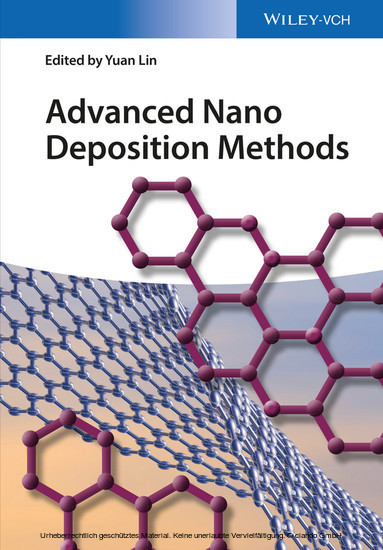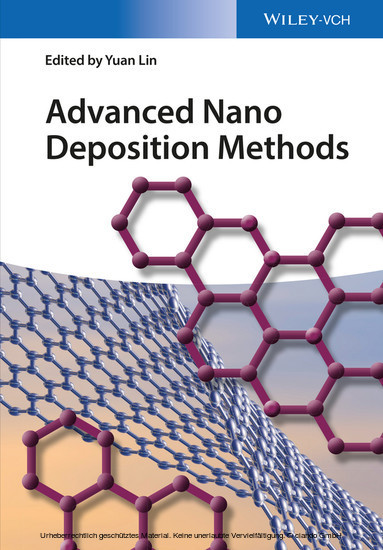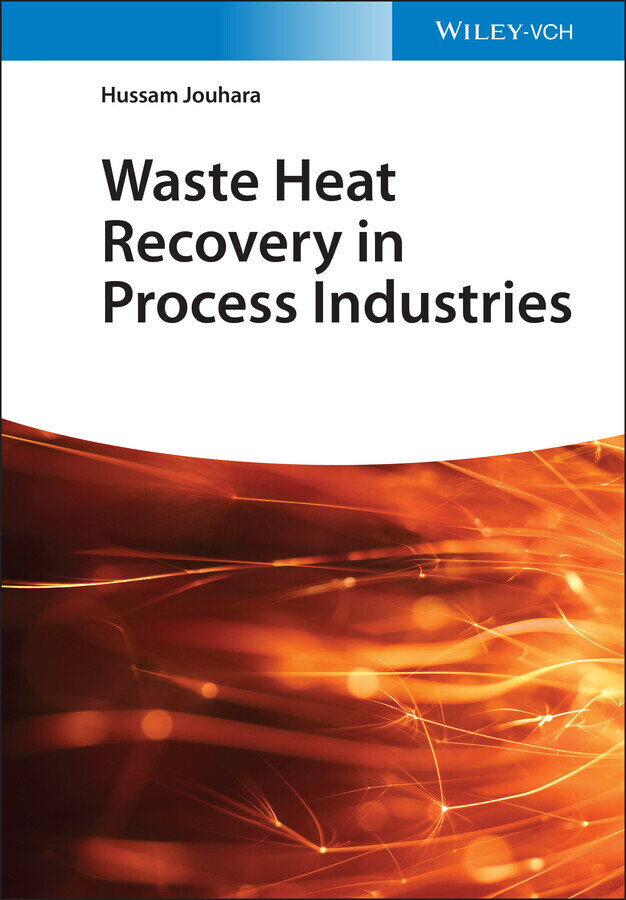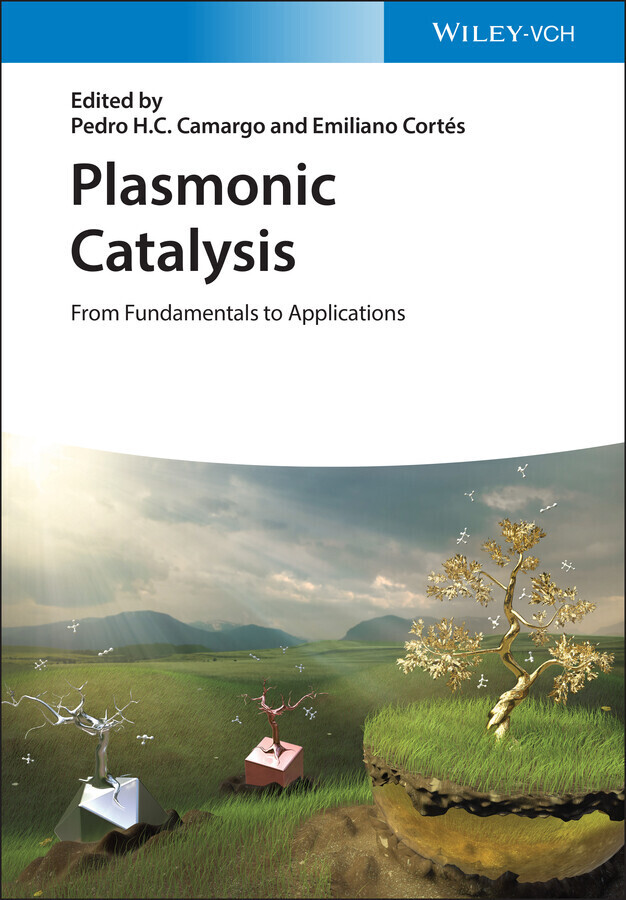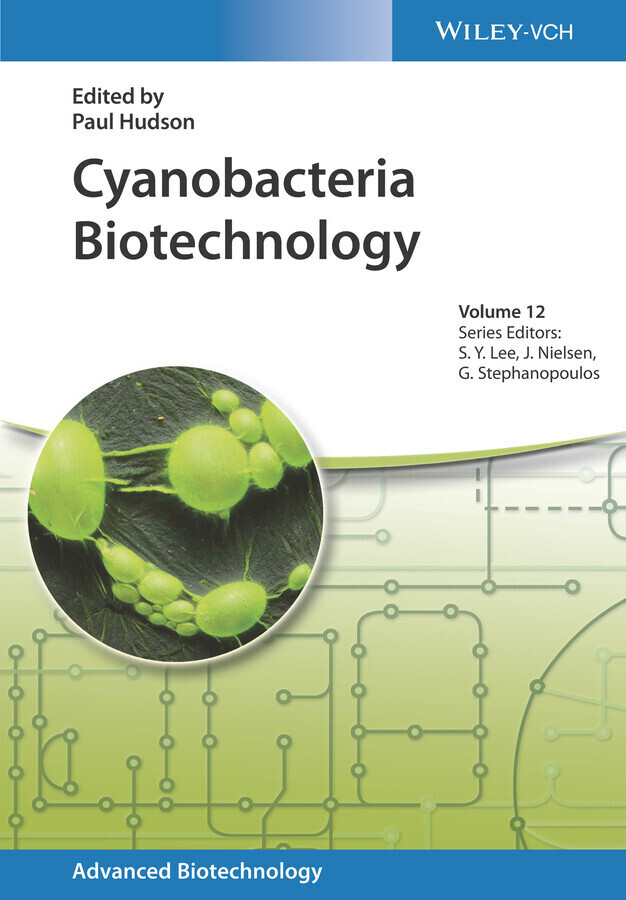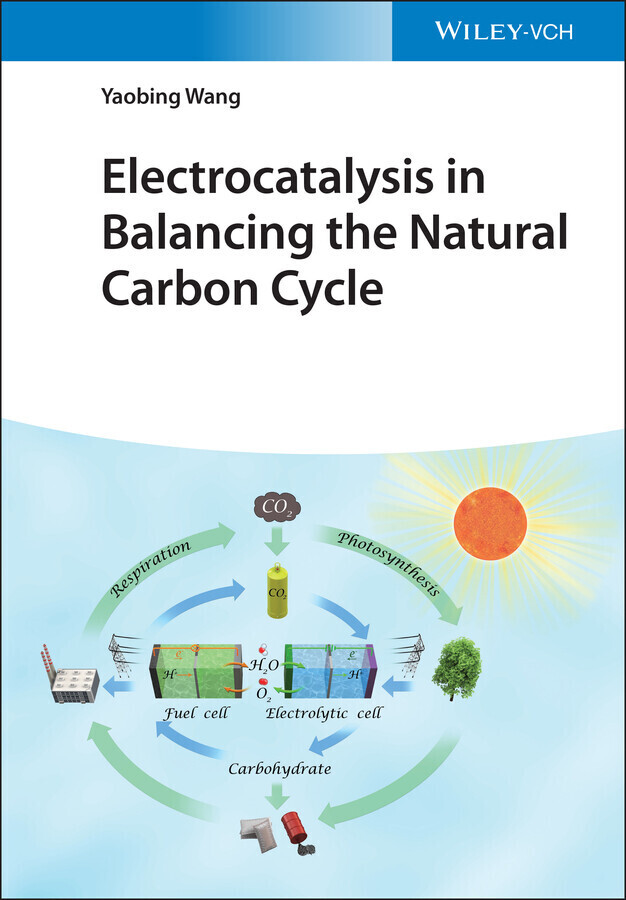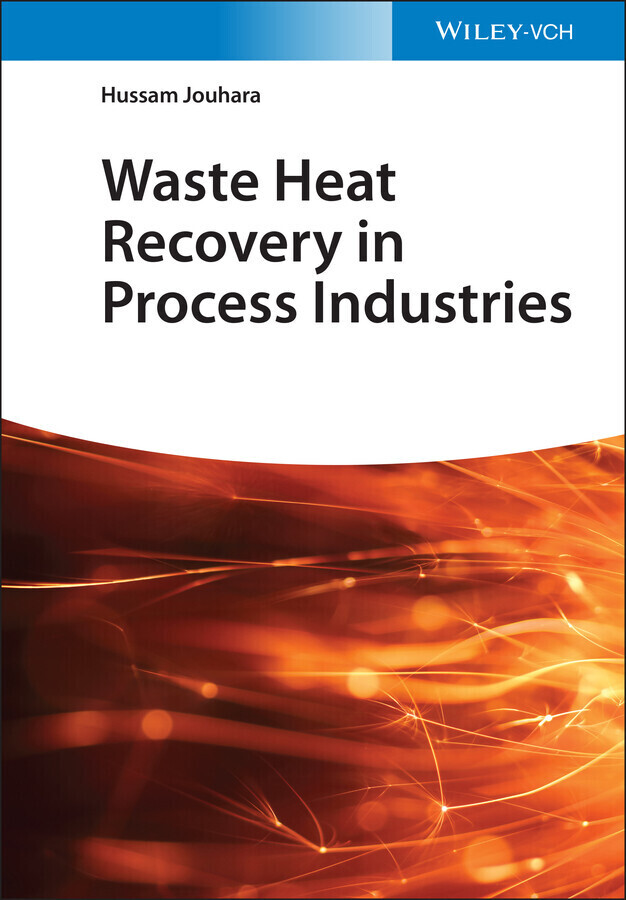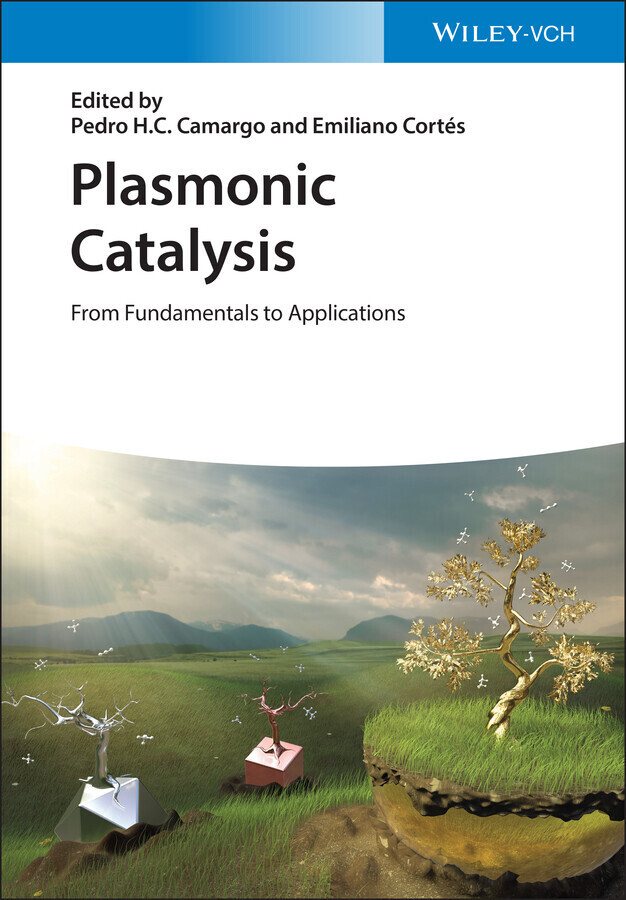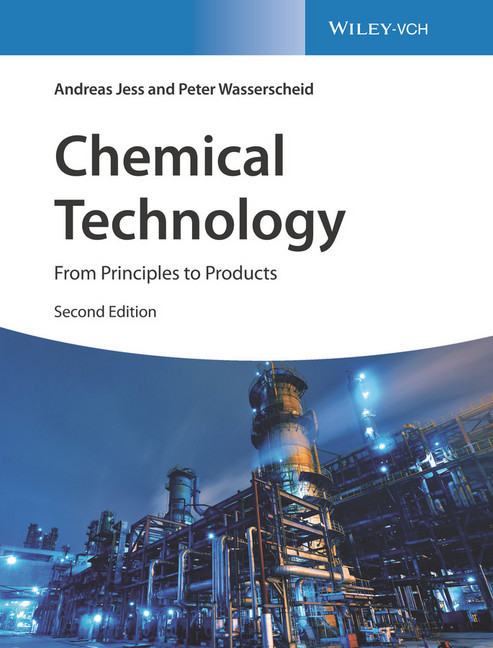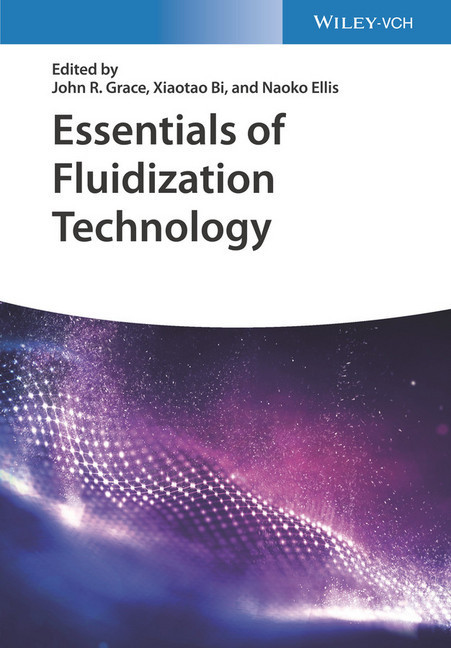Advanced Nano Deposition Methods
This concise reference summarizes the latest results in nano-structured thin films, the first to discuss both deposition methods and electronic applications in detail.
Following an introduction to this rapidly developing field, the authors present a variety of organic and inorganic materials along with new deposition techniques, and conclude with an overview of applications and considerations for their technology deployment.
Yuan Lin obtained her PhD in condensed materials from the University of Science and Technology in Hefei, China, in 1999. She continued as a research associate in the Institute of Physics at the Chinese Academic Science in Bejing, China, followed by the University of Houston and Los Alamos National Laboratory, USA, as well as a senior engineer at Intel Corp., USA.
Currently, she is a Yangtze River Scholar Chair Professor at the University of Electronic Science and Technology in Chengdu, China. She has worked in the field of thin film and nanomaterials for about 20 years. Her area of expertise includes advanced material research using pulsed laser deposition, rf-sputtering and chemical-solution deposition.
Dr. Lin has authored more than 90 scientific publications and 13 patents.
Following an introduction to this rapidly developing field, the authors present a variety of organic and inorganic materials along with new deposition techniques, and conclude with an overview of applications and considerations for their technology deployment.
Yuan Lin obtained her PhD in condensed materials from the University of Science and Technology in Hefei, China, in 1999. She continued as a research associate in the Institute of Physics at the Chinese Academic Science in Bejing, China, followed by the University of Houston and Los Alamos National Laboratory, USA, as well as a senior engineer at Intel Corp., USA.
Currently, she is a Yangtze River Scholar Chair Professor at the University of Electronic Science and Technology in Chengdu, China. She has worked in the field of thin film and nanomaterials for about 20 years. Her area of expertise includes advanced material research using pulsed laser deposition, rf-sputtering and chemical-solution deposition.
Dr. Lin has authored more than 90 scientific publications and 13 patents.
1;Cover;1 2;Title Page;5 3;Copyright;6 4;Contents;7 5;List of Contributors;15 6;Chapter 1 Pulsed Laser Deposition for Complex Oxide Thin Film and Nanostructure;19 6.1;1.1 Introduction;19 6.2;1.2 Pulsed Laser Deposition System Setup;20 6.3;1.3 Advantages and Disadvantages of Pulsed Laser Deposition;21 6.4;1.4 The Thermodynamics and Kinetics of Pulsed Laser Deposition;21 6.4.1;1.4.1 Laser-Material Interactions;22 6.4.2;1.4.2 Dynamics of the Plasma;23 6.4.3;1.4.3 Nucleation and Growth of the Film on the Substrate Surface;23 6.5;1.5 Monitoring of Growth Kinetics;26 6.5.1;1.5.1 Introduction and RHEED Studies;26 6.5.2;1.5.2 Growth Kinetics Studies by Surface X-ray Diffraction;27 6.6;1.6 Fundamental Parameters in Thin Film Growth;28 6.6.1;1.6.1 Substrate Temperature;28 6.6.2;1.6.2 Background Gas Pressure;28 6.6.3;1.6.3 Laser Fluence and Ablation Area;29 6.6.4;1.6.4 Target-Substrate Distance;29 6.6.5;1.6.5 Post-Annealing;30 6.6.6;1.6.6 Lattice Misfit;30 6.7;1.7 Pulsed Laser Deposition for Complex Oxide Thin Film Growth;31 6.7.1;1.7.1 Pulsed Laser Deposition for Superconductor Thin Film;32 6.7.2;1.7.2 Pulsed Laser Deposition for Ferroelectric Thin Films;32 6.7.3;1.7.3 Pulsed Laser Deposition for Ferromagnetic Thin Film;33 6.7.4;1.7.4 Pulsed Laser Deposition for Multiferroics Thin Film;33 6.7.5;1.7.5 Interface Strain Engineering the Complex Oxide Thin Film;34 6.7.5.1;1.7.5.1 Thickness Effect;34 6.7.5.2;1.7.5.2 Substrate Effect;35 6.7.5.3;1.7.5.3 Post-Annealing;39 6.8;1.8 Pulsed Laser Deposition for Nanostructure Growth;41 6.8.1;1.8.1 Self-Assembled Nanoscale Structures;41 6.8.2;1.8.2 Geometrically Ordered Arrays;41 6.9;1.9 Variation of Pulsed Laser Deposition;42 6.10;1.10 Conclusion;42 6.11;References;43 7;Chapter 2 Electron Beam Evaporation Deposition;51 7.1;2.1 Introduction;51 7.2;2.2 Electron Beam Evaporation System;53 7.2.1;2.2.1 Heating Principle and Characters of Electron Beams;53 7.2.1.1;2.2.1.1 Heating Principle of Electron Beams;53 7.2.1.2;2.2.1.2 Characters of Electron Beams;54 7.2.2;2.2.2 Equipments of Electron Beam Source;55 7.2.2.1;2.2.2.1 Filament and Electron Emission;55 7.2.2.2;2.2.2.2 Electron Beam Control;56 7.2.2.3;2.2.2.3 Power Supply, Crucibles, and Feed Systems;57 7.2.2.4;2.2.2.4 Source Materials;58 7.2.3;2.2.3 Application of Electron Beam Evaporation;61 7.2.3.1;2.2.3.1 Cooling of Electron Beam Gun;61 7.2.3.2;2.2.3.2 Evaporation of Source Materials by Electron Beam;61 7.2.3.3;2.2.3.3 Vacuum Deposition Process of Electron Beam Evaporation;62 7.2.3.4;2.2.3.4 Attention and Warning for Electron Beam Evaporation;63 7.3;2.3 Characterization of Thin Film;63 7.3.1;2.3.1 Surface Morphology by AFM;64 7.3.2;2.3.2 Thickness Measurement by Spectroscopic Ellipsometry;65 7.4;2.4 Summary;71 7.5;Acknowledgments;71 7.6;References;71 8;Chapter 3 Nanostructures and Thin Films Deposited with Sputtering;77 8.1;3.1 Introduction;77 8.2;3.2 Nanostructures with Sputtering;78 8.2.1;3.2.1 Oxide Nanostructures;79 8.2.1.1;3.2.1.1 Needle-Shaped MoO3 Nanowires;79 8.2.1.2;3.2.1.2 Bi2O3 Nanowires;82 8.2.2;3.2.2 Nitride Nanostructures;83 8.2.2.1;3.2.2.1 Graphitic-C3N4 Nanocone Array;83 8.2.2.2;3.2.2.2 InAlN Nanorods;86 8.3;3.3 Thin Films Deposited with Sputtering;89 8.3.1;3.3.1 Metal Alloy Thin Films;91 8.3.1.1;3.3.1.1 LaNi5 Alloy Thin Films;91 8.3.1.2;3.3.1.2 Ni-Mn-In Alloy Thin Films;92 8.3.2;3.3.2 Composite Metal Oxide Thin Films;93 8.3.2.1;3.3.2.1 BiFeO3/BaTiO3 Bilayer Thin Films;93 8.4;3.4 Summary;94 8.5;Acknowledgments;95 8.6;References;95 9;Chapter 4 Nanostructures and Quantum Dots Development with Molecular Beam Epitaxy;99 9.1;4.1 Introduction;99 9.2;4.2 Technology of MBE;100 9.2.1;4.2.1 The Physics of MBE;101 9.2.2;4.2.2 MBE Growth Mechanisms;104 9.2.2.1;4.2.2.1 Two-Dimensional (2D) MBE Growth Mechanism;105 9.2.2.2;4.2.2.2 Three-Dimensional (3D) MBE Growth Mechanism;106 9.2.2.3;4.2.2.3 Stranskie-Krastanow 3D Growth Mechanism;108 9.3;4.3 Nanoheterostructures Fabricated by Molecular Beam Epitaxy;109 9.3.1;4.3.1 Semiconducting Oxide Heterostru
Lin, Yuan
| ISBN | 9783527696451 |
|---|---|
| Artikelnummer | 9783527696451 |
| Medientyp | E-Book - PDF |
| Copyrightjahr | 2016 |
| Verlag | Wiley-VCH |
| Umfang | 328 Seiten |
| Sprache | Englisch |
| Kopierschutz | Adobe DRM |

